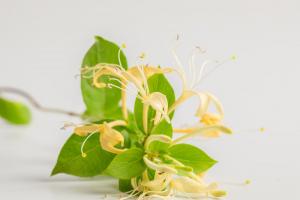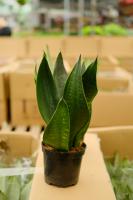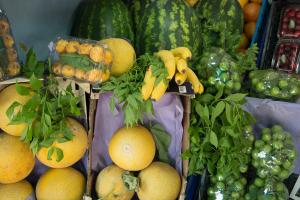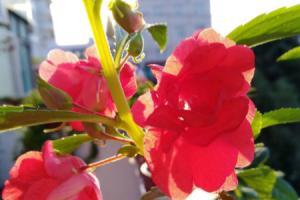Where to Plant a Crab Apple Tree
The crab apple tree is a beautiful addition to any landscape, with its bright blooms and colorful fruit. It is a hardy tree that is suitable for planting in a variety of locations. If you are considering planting a crab apple tree in your yard, you will want to consider the following factors before choosing a location.
Soil Type and Drainage
Crab apple trees prefer well-drained soil and will not tolerate standing water for extended periods. Prior to planting, make sure that the soil in the intended planting location drains well. If you have heavy soil, consider amending it with organic matter to improve drainage. In general, a sandy loam is an ideal soil type for crab apple trees.
Light Exposure
Crab apple trees require full sun exposure to thrive. Make sure that the planting location receives at least six hours of direct sunlight each day. If your yard has areas with partial shade, consider planting other types of trees or shrubs in those locations.
Space Requirements
Crab apple trees can grow to be quite large, ranging in size from 10 to 30 feet tall, with a spread of 10 to 25 feet wide. Be sure to consider the mature size of the tree when choosing a planting location. If you have limited space, consider planting a dwarf or semi-dwarf variety of crab apple tree.
Pollination
Most varieties of crab apple trees are self-sterile, meaning that they require cross-pollination from a different cultivar in order to produce fruit. If you want to ensure that your crab apple tree produces fruit, choose a location that is close to other apple or crab apple trees. Alternatively, choose a grafted variety that already has two compatible cultivars on the same tree.
Pests and Diseases
Crab apple trees are susceptible to a variety of pests and diseases, including apple scab, fire blight, and cedar apple rust. To minimize the risk of these issues, plant your crab apple tree in a location that has good air circulation and avoid planting it near juniper or cedar trees, which can harbor cedar apple rust. Additionally, make sure to properly prune and care for your tree to prevent these issues from occurring.
Conclusion
When choosing a location to plant your crab apple tree, consider the soil type and drainage, light exposure, space requirements, pollination needs, and potential pests and diseases. With proper care and attention, your crab apple tree will thrive and provide years of beauty and enjoyment.

 how many times do yo...
how many times do yo... how many planted tre...
how many planted tre... how many pine trees ...
how many pine trees ... how many pecan trees...
how many pecan trees... how many plants comp...
how many plants comp... how many plants can ...
how many plants can ... how many plants and ...
how many plants and ... how many pepper plan...
how many pepper plan...

































